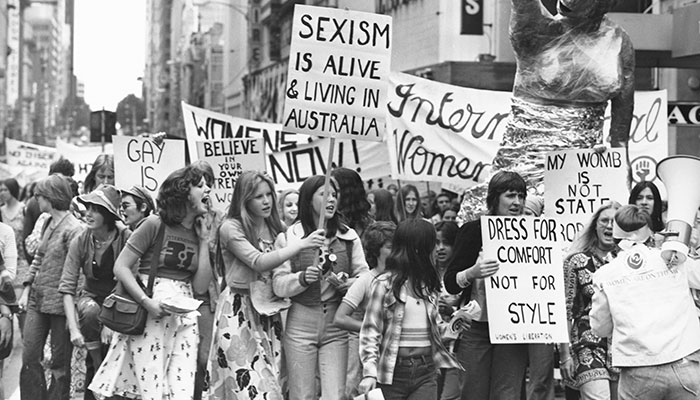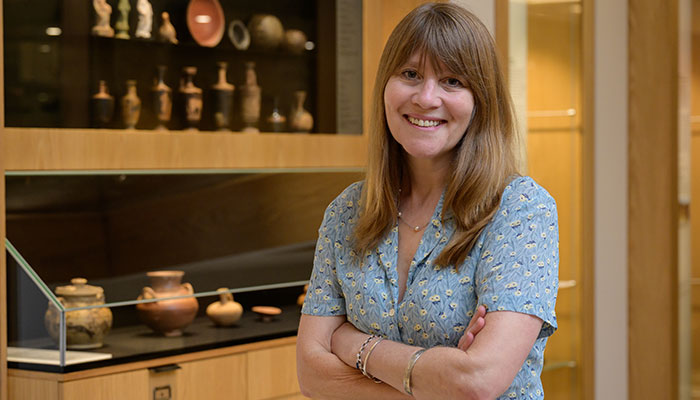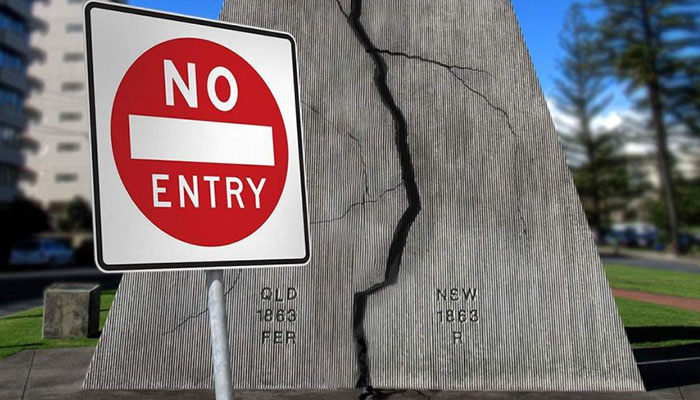Macquarie Lighthouse is Australia’s first and longest operating lighthouse site. Atop the cliff at Dunbar Head two kilometres south of Sydney Harbour’s entrance, the iconic lighthouse is visible more than 45 kilometres out to sea.
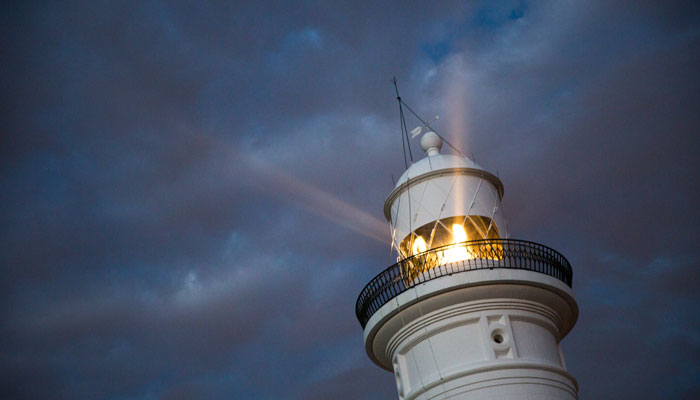
Lights on: The current lighthouse began operating in 1883, replacing the sandstone original which had slowly crumbled.
While this is the site of Australia’s oldest lighthouse, the building you see today is the second lighthouse built on the spot, says Macquarie Professor of History Sean Brawley, Pro Vice-Chancellor (Programs and Pathways).
“The original lighthouse was built from sandstone quarried on the site, but the quality of the sandstone there wasn't that fantastic,” he says. Most of the buildings in the centre of Sydney were constructed with the more robust Pyrmont sandstone.
“Over the next 50 years the Macquarie lighthouse essentially crumbled bit by bit and so they had to do a whole lot of remediation work,” says Brawley. “Ultimately, that was one of the reasons they got rid of the original lighthouse.”
The convict architect
In 1816, architect Francis Greenway, a convict transported for fraud in 1814, began work on the original design. Before that, from 1794, a clifftop fire beacon on a tripod, which burned wood and later coal, and a signal station led ships into Sydney Harbour.
When Governor Lachlan Macquarie commissioned the lighthouse, the South Head Road had just been built, linking the new colony to the signal station. Writing to Lord Bathurst, the British Secretary of State, Macquarie described the lighthouse under construction as a "very elegant and strong stone tower". Macquarie was so pleased with the building he granted Greenway his emancipation papers.
On Monday 30 November 1818, a new light that burned whale oil was lit for the first time, providing a light to guide ships, visible about 30 kilometres out to sea.
The dawn of electric light
By the late 1870s, technology had also caught up to the crumbling lighthouse.
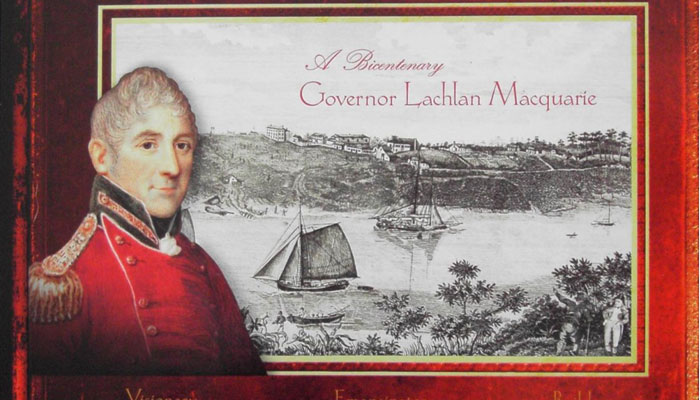
Visionary: Lachlan Macquarie described the original lighthouse as a 'very elegant and strong stone tower".
“The age of the electric light had dawned and the old lighthouse simply didn’t hold the capacity to accommodate a new electric light and its associated generators,” says Brawley. It would be one of the first lighthouses in the world with an electric lamp.
But one lighthouse couldn’t be knocked down and another built without jeopardising ships’ navigation, so some unusual photographs taken at the time – that still exist today – show the new lighthouse under construction four metres from the old one, along with two semi-detached keepers cottages.
Colonial architect James Barnet designed the second Macquarie lighthouse. Many of Barnet’s iconic building designs form the backbone of Sydney’s CBD today: the GPO in Martin Place, Customs House, the Australian Museum and the Department of Lands building.
The age of the electric light had dawned and the old lighthouse simply didn’t hold the capacity to accommodate a new electric light.
“Barnet knew how much Greenway’s lighthouse was loved by the people of Sydney,” Brawley says. “He could have built a lighthouse to any style he wished but instead he paid homage to Greenway’s original design.”
In March 1880, NSW Premier Sir Henry Parkes laid the first stone for the new Macquarie lighthouse and addressed the assembled crowd: “It is in renewing this light by the introduction of the improvements of modern science that we set an example for enlightened enterprise in every walk of life.”
Barnet’s lighthouse began operating in 1883, was hooked up to the mains in 1933 and became fully automated in 1976.The last lighthouse keeper left the site in 1989.
Macquarie University adopted the Macquarie lighthouse in its coat of arms in 1969.
The tunnel enigma
Drone footage this year captured by Macquarie University and 3D mapping technology revealed a small tunnel halfway down the cliff face below the lighthouse. After the research team went public with their 'discovery' on television news, they pieced together more information.
The tunnels may date from the 1920s and were expanded in the 1940s because there was a battery built near the lighthouse to deter enemy ships. The hole in the cliff face was an observation point.
Then in the 1950s, Brawley says, Sydney University used the tunnel for some experiments until someone broke in and stole materials and equipment. Then it was closed off again.
The final anecdote comes from a fisher who told Professor Brawley about his adventures in the early 1970s.
“He and his mates used to scale down the cliff face and live in the tunnel and fish, until one of them, unfortunately, tripped and fell to his death – and that was sort of the end of that.”

